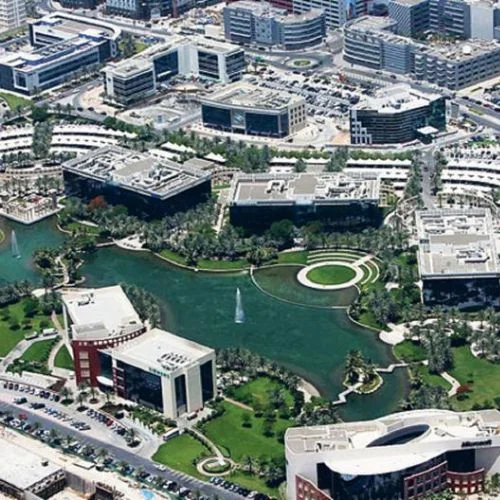Hippers expect a 5-7% drop in revenue next fiscal year as charter rates adjust. Profitable operations and moderate capital expenditures to sustain credit profiles.
Domestic shipping businesses’ income might fall by 5-7% next fiscal year as charter rates continue to normalize. This follows a significant drop of 23-25% this fiscal year, after a 35% increase in fiscal 2023 due to geopolitical crises (including the Russia-Ukraine war) and increased demand from China post-pandemic.
While margin profiles may range significantly between companies operating in various categories, average operating margins may continue to decline to 33-35% in the next fiscal year, owing mostly to a correction in charter prices. It will, however, stay greater than the pre-pandemic levels of 25-30%. This, along with moderate capital expenditure (capex) plans, should keep shipping businesses’ credit risk profiles healthy.
According to a CRISIL Rating analysis of five shipping firms, they account for over half of India’s 20 million metric ton (MMT) deadweight tonnage (DWT)1 shipping fleet.
Domestic firms’ shipping fleet is dominated by tankers transporting crude oil and petroleum products (70 percent of total DWT), followed by dry bulk carriers carrying unpackaged commodities such as coal, iron ore, and cereals (20 percent). The remainder is divided among cargo ships, LNG carriers, and others.
Charter rates are related to global demand-supply dynamics.
“We are seeing charter rates for crude and product tankers correcting 20-25% this fiscal from an average of $50,000/day last fiscal, as global uncertainties (caused by Covid-19 followed by geopolitical conflicts) ease,” said Anuj Sethi, Senior Director, CRISIL Ratings. If the present global trade pattern continues, charter rates may decrease next year. Still, they will remain higher than pre-pandemic levels, supported by robust tonne-mile2 demand and restricted new fleet deliveries.“
Charter prices for crude oil and petroleum product tankers will be supported by rising Chinese and Indian imports, as well as improved fleet utilization due to increased tonne-mile demand due to the Russia-Ukraine war. On the supply side, tanker capacity increase is projected to be constrained because of the decadal-low order book, which will maintain charter prices much higher than the pre-pandemic range of $15,000-25,000/day.
Charter rates for dry bulk are likely to remain range-bound this fiscal year and next, with a modest increase in demand for important commodities, particularly iron ore and coal (which account for 40-45% of global dry-bulk commerce), and moderate fleet orders. Last fiscal year, average charter rates fell owing to weaker demand for these and other critical commodities as a result of depressed industrial/construction activity in major nations.
These changes in charter prices will influence shipping businesses’ operational profitability.
“We expect average operating margins of shipping companies to moderate 300-500 basis points to around 38-40% this fiscal and further to 33-35% in fiscal 2025 as charter rates normalize,” says Joanne Gonsalves, Associate Director, CRISIL Ratings. “Nonetheless, operational margins will remain greater than pre-pandemic levels. We also anticipate shipping businesses’ credit profiles to remain steady, aided by good cash flows and little debt increase due to no substantial fleet additions planned. Despite a minor reduction from fiscal 2023 levels, this will guarantee acceptable debt metrics.“















